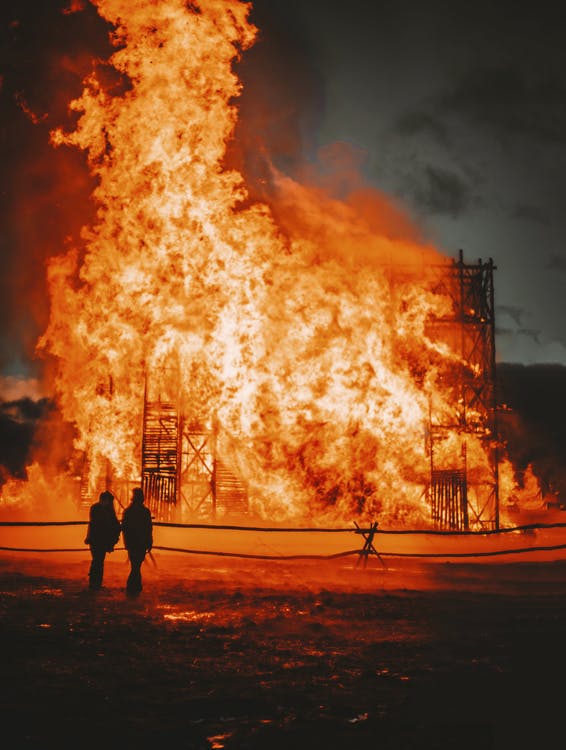A fire risk assessment is conducted by knowledgeable professionals in order to identify fire risk hazards in your premises so that you can take appropriate action. It is a legal requirement. As a building owner, for instance, you should ensure that you hire a professional fire risk assessor to identify potential fire and risk hazards.
Once identification is complete, then you will need a written report which states that your premise is fire-free. A fire risk assessment is not a “one-and-done” deal. Instead, it is something that should be done regularly to ensure that you are on the right track. After all, effective fire prevention starts with understanding the risks.
Here is how to conduct a fire risk assessment:
Step #1: Identify the hazards
This involves identifying anything that could be a potential fire hazard on your property. This could be anything from loose-fitted electrical equipment to malfunctioning heaters that could potentially cause a fire.
As the fire starts when heat comes in contact with oxygen and fuel, identifying hazards points out the different ways that fires could start within your environment.
Step #2: Identify the people at risk
The people around your premises or property are at risk of fire. But when conducting an assessment, it is best to consider the people who are at the greatest risk.
It could be that these people work in secluded areas, guests who are unfamiliar with the property, those who are disabled, or the elderly.
Step #3: Evaluate and reduce the risks
Once you identify the potential hazards and those at risk, it is important to analyze the hazards that are within the environment. Thereafter, you should come up with the best ways to completely eliminate these risks.
For instance, you could choose to remove piles of waste or install a fire extinguisher just in case a fire breaks out.
Step #4: Record and plan
The professional fire assessor should record the findings of your fire risk assessment in a written report.
This report should not only address the potential hazards but also point out the measures that have been taken to remove them. It is also important to ensure that everyone is informed about the measures that will be implemented.
Step #5: Review
Your fire risk assessment should be reviewed in the following ways:
- Every 12 months after the initial risk assessment is complete
- When the building’s purpose has changed
- When the building’s structure and layout has changed
- When there is a change in occupants
This way, you will be able to keep up with your fire risk assessment.
The Bottom Line
It is important to ensure that you hire a competent fire risk assessor to conduct the assessment on your property.
If you do not conduct an assessment or have the appropriate fire safety precautions in place then you may be legally prosecuted, or even worse, experience a fire that you may not recover from.
Remember, a fire risk assessment is never complete. The process has to be repeated and updated at all times.

